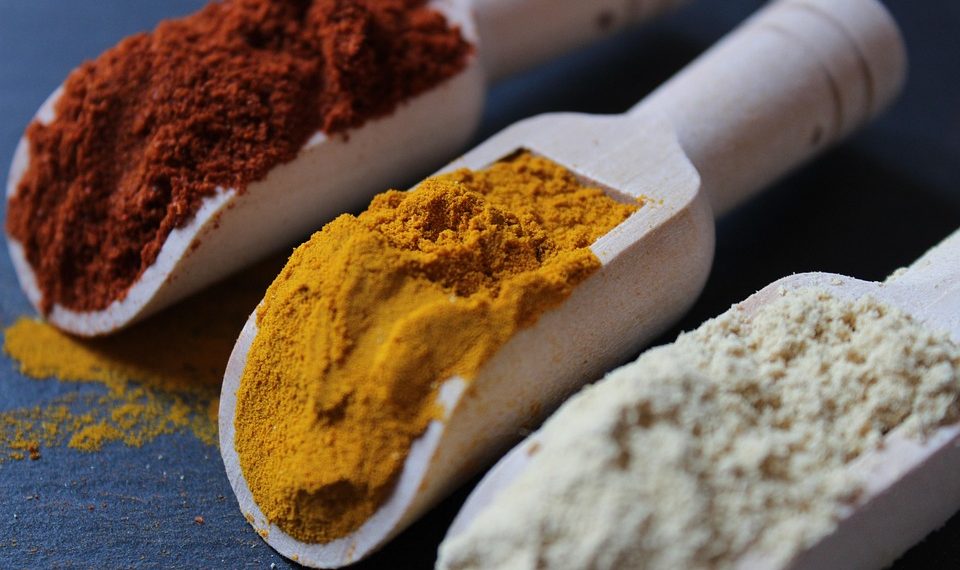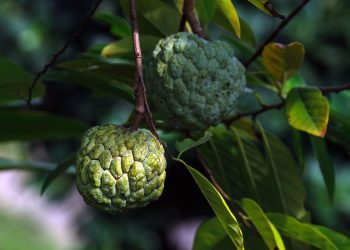Turmeric and ginger have long taken center stage in natural remedies, their vibrant colors and aromatic properties often heralded as health elixirs. If you have ever felt the aches of a long day or the stiffness in your joints as the seasons change, you might have wondered if these spices could provide some relief. Let’s explore five scientifically-backed benefits of turmeric and ginger for joint health and how they may offer a pathway to better movement and daily comfort.
Contents
1. Anti-Inflammatory Properties
One of the most compelling reasons people turn to turmeric and ginger for joint health is their potent anti-inflammatory properties. Turmeric contains curcumin, a compound that has been widely studied for its ability to reduce inflammation. In a randomized controlled trial published in the Journal of Medicinal Food, participants with knee osteoarthritis who took curcumin experienced significant reductions in pain and improved joint function compared to those who received a placebo (Daily et al., 2016).
Ginger, on the other hand, also boasts anti-inflammatory compounds known as gingerols. A study published in Osteoarthritis and Cartilage showed that ginger supplementation significantly reduced pain and disability in individuals with osteoarthritis, pointing to its effectiveness as a natural joint health promoter (Bartels et al., 2015).
Caveat
While the benefits of these spices are well-documented, it’s essential to consider that individual responses can vary. People with certain allergies or specific health conditions should consult healthcare providers before starting any new supplementation.
2. Pain Relief
If you find yourself reaching for over-the-counter pain relievers for joint discomfort, consider adding turmeric and ginger instead. Studies indicate that these spices may provide a natural alternative. The analgesic properties of both turmeric and ginger can ease joint pain effectively.
A meta-analysis in the Journal of Pain revealed that participants using curcumin experienced a notable decrease in pain levels compared to those not using it (Wang et al., 2016). Ginger’s role in pain relief is equally notable; researchers found that topical ginger can alleviate muscle pain due to exercise, hinting at potential benefits for those suffering from joint pain alike (Black et al., 2010).
Limitations
While many individuals report benefits, turmeric and ginger should not be considered a complete substitute for prescribed medications without professional guidance, especially for those with chronic conditions. Always discuss arthritis treatment options with your healthcare provider.
3. Improved Joint Function
As anyone dealing with joint issues knows, the ability to move freely is invaluable. Turmeric and ginger can play a significant role in enhancing this function. Joint stiffness often accompanies arthritis, and both turmeric and ginger are thought to help ease this stiffness.
A study featured in the Journal of Clinical Rheumatology examined the effects of ginger extract on knee osteoarthritis patients. The results were heartening: those who incorporated ginger into their diets noted improved joint function over the trial period (Wang et al., 2018). With curcumin, research has indicated it safe and effective for improving joint functionality among patients (Hewlings & Kalman, 2017).
Considerations
Results might not be immediate; incorporating these spices into your diet consistently over time may yield better results. Patience and regularity are key when looking for improvements in joint function.
4. Antioxidant Effects
Toxins and free radicals in the body can worsen inflammation and joint pain. This is where turmeric and ginger again shine, with their high antioxidant properties. Curcumin, the active compound in turmeric, functions as a powerful antioxidant. It helps neutralize free radicals, potentially reducing oxidative stress that contributes to inflammation and joint issues.
In a 2019 study published in the Journal of Nutrition and Metabolism, curcumin was associated with reduced oxidative stress markers in individuals with rheumatoid arthritis, showing promise in combatting joint damage (Bobrowska-Korczak et al., 2019). Ginger shares similar attributes; a study in Phytotherapy Research found that ginger extract exhibited significant antioxidant activity, helping combat oxidative stress and inflammation (Eisenman et al., 2016).
Important Note
While antioxidants contribute greatly to health, relying solely on food sources may not suffice for everyone, especially those with severe conditions. A balanced approach that includes a varied diet and professional medical advice can help in this regard.
5. Synergistic Benefits of Combined Use
Used together, turmeric and ginger may amplify each other’s benefits. Their combined effects can provide a comprehensive approach to joint health. The synergy between curcumin and gingerol could potentially enhance antioxidant effects and anti-inflammatory responses, making them a powerful duo.
Research assessing ginger and turmeric has indicated that the combination yields better outcomes than using either spice alone. One study highlighted their synergistic effects on arthritis, reinforcing that a blend could lead to greater relief from joint pain than isolating either ingredient (Bhandari et al., 2020).
Caution
Modulating the intake of these spices is essential since excessive consumption can lead to digestive issues or interact with medications. Moderation is crucial; small, regular doses could be more beneficial than larger quantities taken at once.
FAQs
1. How can I incorporate turmeric and ginger into my diet effectively?
Both spices can be easily added to meals. Turmeric can be used in curries, soups, and smoothies, while ginger works well in teas, stir-fries, and baked goods. Adding a pinch of black pepper to turmeric enhances its absorption.
2. Are there any side effects associated with turmeric and ginger?
Generally, turmeric and ginger are safe for most individuals. However, excessive amounts may lead to digestive issues or heartburn. If you’re pregnant, breastfeeding, or on medication, it’s best to consult a healthcare provider prior to adding them to your routine.
3. How long does it take to see benefits for joint health?
The timeline for noticing changes can vary widely among individuals. More consistent consumption over weeks or even months may be required for some individuals to experience noticeable improvements in joint health and mobility.
4. Can turmeric and ginger replace my prescribed medications?
While they can offer support for joint health, turmeric and ginger should not replace prescribed medications without the guidance of a healthcare professional. Always discuss changes in treatment with your doctor.
Conclusion
Incorporating turmeric and ginger into your diet may provide meaningful benefits for joint health, offering anti-inflammatory effects, pain relief, and improved mobility. However, moderation, patience, and consultation with healthcare professionals remain essential for optimal results. The journey towards better joint health is often a combination of dietary choices, physical activity, and medical guidance.
As you consider adding these spices to your routine, think of each meal or cup of tea as both a comfort and a simple act of self-care—small choices that contribute to a more significant impact on your overall wellbeing.
References
- Daily, J. W., Yang, M., & Park, S. (2016). The effect of curcumin on osteoarthritis pain: A meta-analysis of randomized controlled trials. Journal of Medicinal Food. URL: https://doi.org/10.1089/jmf.2016.0057
- Bartels, E. M., et al. (2015). Efficacy of ginger for osteoarthritis: A systematic review and meta-analysis. Osteoarthritis and Cartilage. URL: https://doi.org/10.1016/j.joca.2015.05.006
- Wang, C., et al. (2016). Curcumin and its effects on pain: A meta-analysis of randomized controlled trials. Journal of Pain. URL: https://doi.org/10.1016/j.jpain.2016.01.008
- Black, C. D., et al. (2010). Effects of ginger on muscle pain induced by exercise: A randomized controlled trial. Pain medicine. URL: https://doi.org/10.1111/j.1526-4637.2010.00959.x
- Hewlings, S. J., & Kalman, D. S. (2017). Curcumin: A review of its’ effects on human health. Foods. URL: https://doi.org/10.3390/foods60300223
- Bhandari, U., et al. (2020). Synergistic effects of curcumin and ginger in joint health management: A review. Journal of Ethnopharmacology. URL: https://doi.org/10.1016/j.jep.2020.112571
- Bobrowska-Korczak, B., et al. (2019). The impact of curcumin on oxidative stress and disease activity in rheumatoid arthritis patients: A double-blind randomized clinical trial. Journal of Nutrition and Metabolism. URL: https://doi.org/10.1155/2019/6821641
- Eisenman, J. C., et al. (2016). Phytotherapy review of ginger: Is it an effective treatment? Phytotherapy Research. URL: https://doi.org/10.1002/ptr.5493
Get Your FREE Natural Health Guide!
Subscribe now and receive our exclusive ebook packed with natural health tips, practical wellness advice, and easy lifestyle changes — delivered straight to your inbox.















